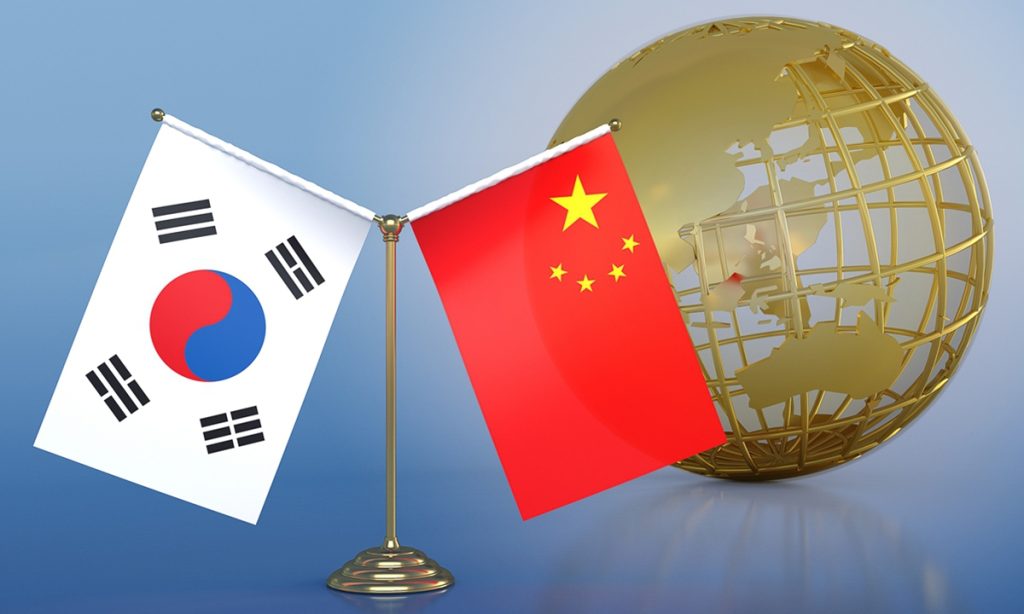Japan’s shrinking labor force and robotics investment
Japan’s demographic time bomb has been ticking for decades. The nation now faces one of the steepest declines in working-age population among developed economies, with its labor force shrinking at a rate of over 500,000 people per year. As the elderly proportion of the population rises and birthrates remain stubbornly low, Japan’s economic model—once synonymous with manufacturing excellence and global export strength—is confronting a structural transformation. The impact is not theoretical. Sectors across the economy—from construction and logistics to semiconductors and car manufacturing—are already grappling with acute labor shortages, prompting urgent shifts in investment and corporate strategy.
In response, Japan has doubled down on its long-standing affinity for automation. The country leads the world in industrial robotics deployment, with Japanese manufacturers accounting for over half of global robot production. This isn’t merely a case of replacing workers; it’s a calculated, systemic move to ensure productivity and efficiency in a nation where hiring younger workers is no longer a viable path forward. Companies like Fanuc, Yaskawa Electric, and Kawasaki Heavy Industries are not only automating domestic factories but exporting solutions across Asia, cementing Japan’s role as the region’s high-tech manufacturing backbone.
Still, there are limits to how much automation can offset demographic decline. Certain labor-intensive industries—such as elderly care, hospitality, and logistics—are not easily automated without compromising service quality. Small and medium-sized enterprises, which make up the backbone of Japan’s economy, often lack the capital to invest in cutting-edge robotics. As a result, even with technological advancements, Japan’s workforce challenge risks eroding long-term economic dynamism, particularly when compared to its younger, faster-growing neighbors.
Competitiveness of Japanese exporters vs. peers
Japan’s global market share in key export sectors has been under quiet pressure for years, a trend that demographic decline may now accelerate. In electronics, Japan once led the world in consumer gadgets and advanced components. Today, it finds itself outpaced by South Korea, Taiwan, and increasingly, China. The automotive sector remains robust, but competition from EV-focused rivals in China and the United States is intensifying. Meanwhile, Japanese firms’ ability to scale quickly in growth sectors like artificial intelligence, digital services, and green energy is constrained by domestic labor dynamics and cultural conservatism toward risk.
To maintain competitiveness, Japanese exporters have leaned heavily on automation, process excellence, and global supply chain integration. Toyota, for example, has continuously refined its just-in-time system to adapt to worker scarcity, while companies like Sony have shifted higher-value production to regions with younger workforces. However, the talent pipeline remains a long-term concern. Japan’s tight immigration policies and slow adoption of English as a business language hamper its ability to attract international talent—something that neighboring countries like Singapore and South Korea have capitalized on effectively.
Another hurdle is innovation. While Japan remains strong in hardware and precision engineering, it struggles with software, data science, and digital services—the very sectors that are reshaping Asia’s economic landscape. Without a younger workforce and more diverse talent pool, Japan risks missing the next wave of export leadership. This is particularly troubling in Asia, where rising consumer demand and rapid tech adoption are driving a regional reordering of industrial and digital capabilities.
BoJ policy and market liquidity risks
The Bank of Japan (BoJ) has been both a pillar of stability and a source of risk in Japan’s modern economic narrative. For over a decade, the BoJ has maintained ultra-low interest rates and massive asset purchases to support growth and inflation. While these policies have provided temporary relief from deflation and labor force pressures, they have also inflated asset prices and distorted market functioning. The aging population complicates this further. As retirees draw down savings and reduce consumption, domestic demand weakens, leaving the BoJ with fewer policy tools to stimulate organic growth.
Recent signals from the BoJ suggest a cautious path toward normalization, but any tightening risks destabilizing equity and bond markets. Given Japan’s enormous public debt and its status as a safe-haven asset for global investors, sudden changes in policy could trigger liquidity shocks across Asia. Moreover, Japanese institutional investors—particularly pension funds and insurance firms—have become major players in global capital markets, reallocating assets in response to demographic needs and return pressures.
One structural concern is the hollowing out of market depth. The BoJ owns a significant portion of Japan’s equity ETFs and government bonds, reducing liquidity and investor diversity. As aging investors seek yield and security, the shift toward fixed income and away from risk assets could further constrain capital allocation for growth industries. This self-reinforcing cycle of aging, low growth, and financial conservatism makes the Japanese market increasingly vulnerable to external shocks—especially in a region where capital flows and sentiment shift rapidly.

Asian fund managers’ shifting exposure strategies
Fund managers across Asia are recalibrating their exposure to Japanese assets in light of demographic realities. While Japanese equities performed well in 2023 and early 2024 due to a weaker yen and strong corporate governance reforms, there’s growing skepticism about the sustainability of these gains. Many regional investors now view Japan as a tactical rather than strategic allocation—ideal for yield and stability plays but less attractive for growth-oriented strategies.
One emerging trend is selective exposure to Japanese firms with strong overseas footprints. Companies with diversified revenue streams, especially those expanding into Southeast Asia or North America, are preferred by asset managers who seek insulation from domestic demand stagnation. Exporters with supply chains optimized through automation and digital innovation also attract institutional interest, particularly in the robotics, semiconductor equipment, and industrial automation sectors.
Another theme is the relative rotation toward faster-growing Asian economies. Fund flows are increasingly favoring India, Indonesia, Vietnam, and the Philippines—markets with younger populations, expanding labor forces, and rising consumer bases. This shift reflects a broader rebalancing of Asia’s investment narrative: from aging, capital-rich nations to dynamic, demographically advantaged markets. Japan, while still respected for its financial strength and technological prowess, is no longer the default core holding it once was in regional equity strategies.
There’s also a generational shift in capital stewardship. Younger Asian portfolio managers are less influenced by Japan’s historical weight in Asia and more focused on disruptive trends in AI, fintech, climate technology, and renewable energy—sectors where Japan has yet to make a transformative mark. As this new cohort of capital allocators gains influence, Japan may find itself increasingly judged not by its past economic glory, but by its ability to adapt to the demographic and technological future of Asia.
Conclusion
Japan’s aging workforce is more than a demographic story—it’s a strategic economic risk with regional consequences. While the nation continues to lead in automation and process optimization, it faces growing pressure from younger, more agile Asian peers. The competitiveness of Japanese exporters, the stability of BoJ policy, and the preferences of regional fund managers are all intertwined in a broader narrative of demographic divergence. As Asia enters a new era of growth driven by innovation and youth, Japan must decide whether it can evolve quickly enough to retain its market share—or whether it will gradually cede leadership to a new generation of economic powers.


































